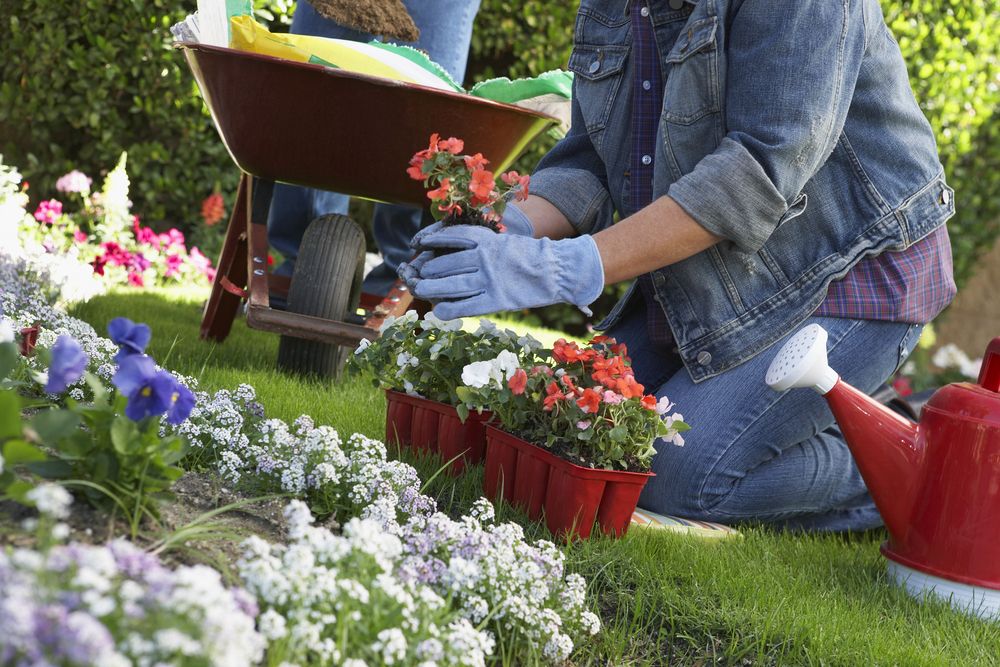
Many homeowners invest in landscaping activities to enhance the aesthetic beauty of their property for future selling. Landscaping techniques involve improvement measures done to beautify a compound. Homeowners can do numerous things, such as renovating buildings and planting vegetation to improve their property’s look. One of the most cost-effective ways to do so is through gardening. Having some lush green vegetation near your compound not only sets a good mood but also enhances the quality of your home. Do you know that gardening does not need to be a tedious activity to grow quality plants? If you want to have a stress-free gardening experience and have a lawn that looks like Kim Kardashian’s, consider using perlite to improve your plants’ growth. If you are wondering what perlite constitutes, continue reading to know its importance.
What is perlite? Perlite is one of the naturally occurring elements obtained through volcanic eruptions. In its natural form, it appears dark or grayish. The mineral is commonly found in areas that have previously experience volcanic activities. For practical use in agricultural practices, the mineral has to be processed in different forms. When processed, it is whitish and appears in a crystal-like form.
Perlite differs from fertilizer in that it does not decompose even after its application on the soil. The mineral also does not add or take away any nutrients from the soil. Perlite is suitable for use with any soil. It is also widely used in hydroponic systems. Let’s examine some of the perlite’s incredible uses in landscaping and gardening.
Perlite Aerates the Soil and Improves the Drainage
Growing plants is a common practice for most people. Plants are helpful since they are the primary sources of food essential for survival. Water is critical for the growth of living organisms, including plants. However, too much water facilitates the rotting of roots. The application of perlite minerals helps to improve the drainage system of the soil. The plant can grow with the required moisture condition. The roots of plants, therefore, grow more robust and faster with the use of perlite. The mineral also enhances air circulation, which aids in decomposing bacteria and other organic matter in the soil. Perlite is also beneficial since it slows down the rate of compaction. Perlite can also be applied to seedbeds and modified container gardens. The improved aeration is essential for the survival of microorganisms that live in the soil.
Used as a Soil Amendment
For practical gardening and landscaping, perlite is used to improve the soil structure. Gardeners can use perlite without the fear of altering their soil PH since it does not change the soil’s alkalinity or acidity. Gardeners also have an opportunity to reuse perlite in their agricultural practices because it does not decompose. Homeowners can prepare lawn and seedbeds comfortably and add perlite to grow their favorite plants.
Pertile Facilitates Germination
Gardeners can use perlite to enhance their plants’ germination since it alleviates the soil’s adverse temperature fluctuations. Perlite is also an incredible addition to hydroponic plant growing systems. Perlite is essential for use in plant cuttings since it enhances root growth by draining away excess water.
For effective use of perlite, gardeners should know that it occurs in three different types: fine, medium, and coarse. Users should know that fine perlite is suitable for use during the germination of seeds and cuttings. Medium perlite is best used in potted seeds, while coarse perlite works best for succulent vegetation.
